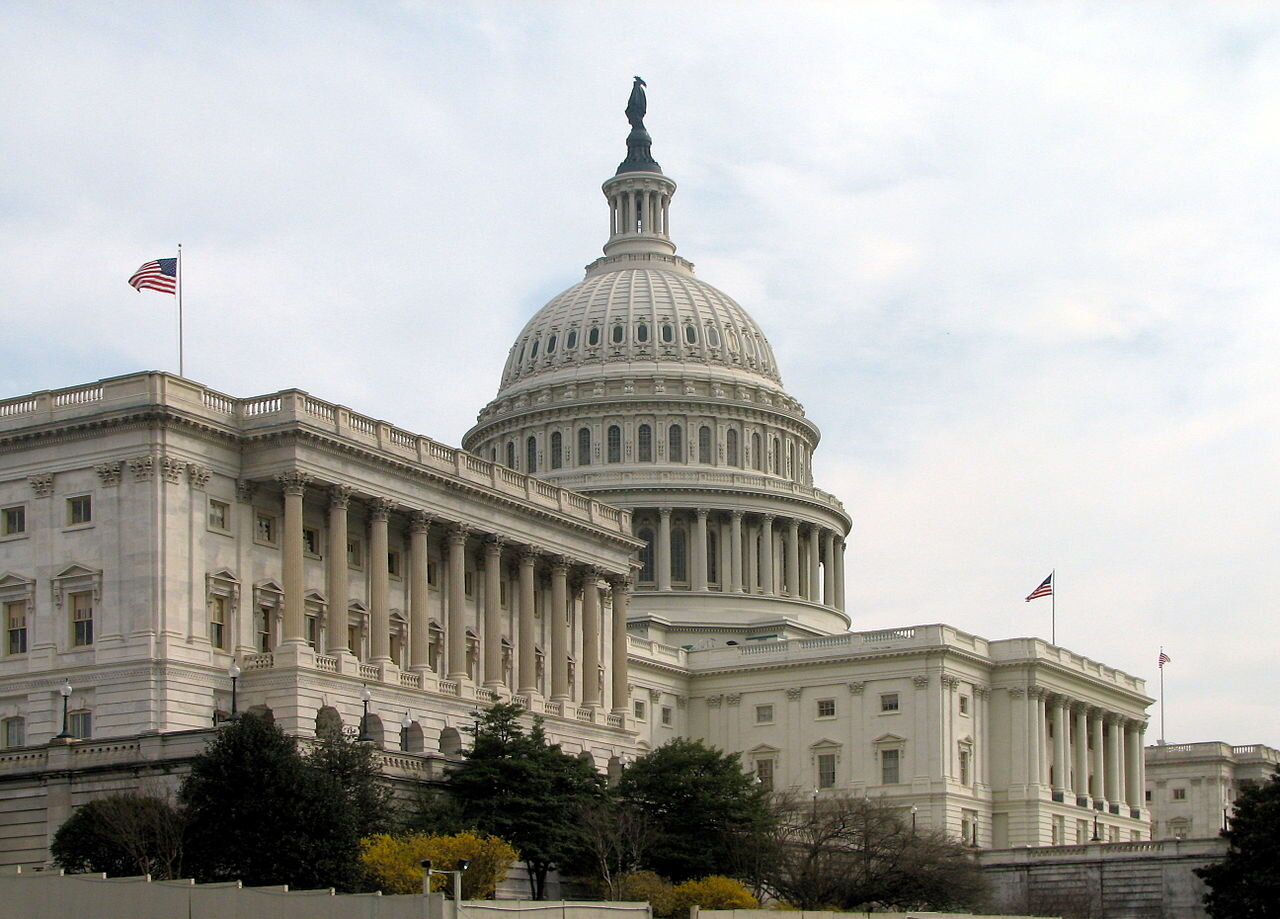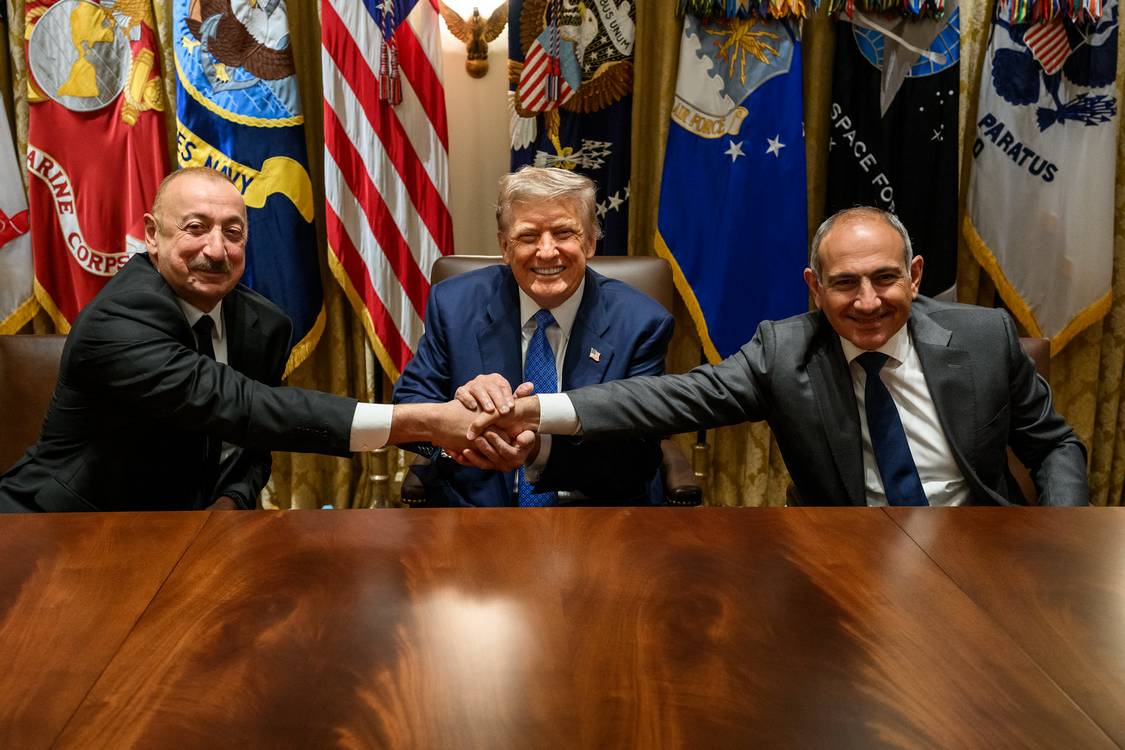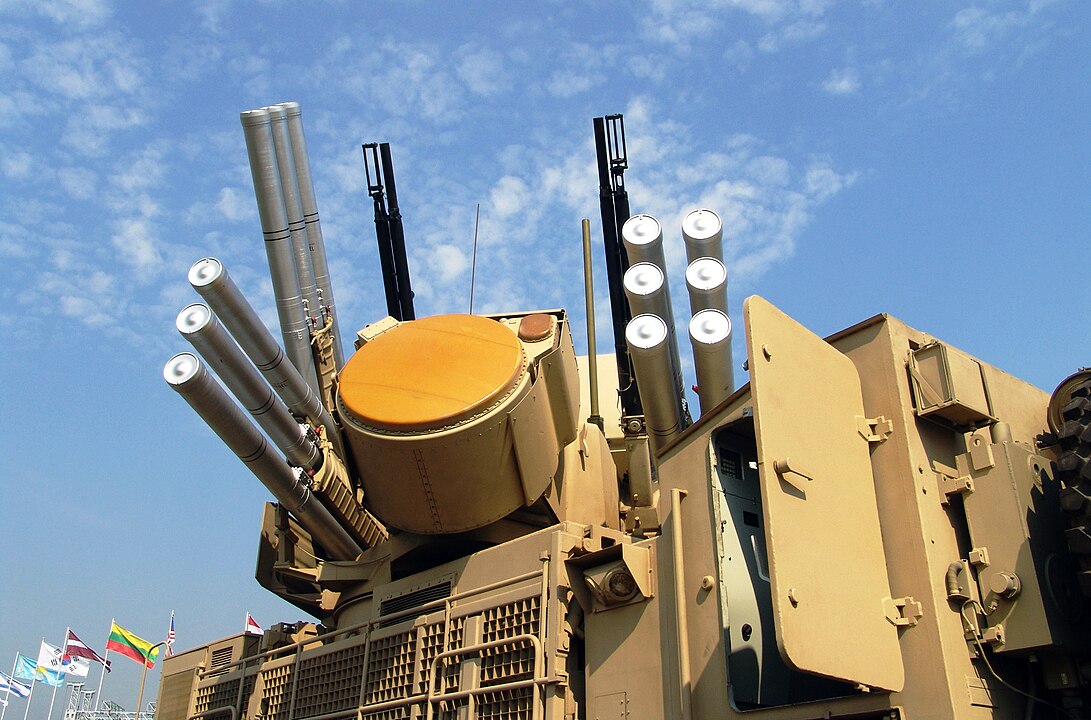MOSCOW, Russia. July 20th, 2020. The advent of COVID-19 and a resulting fall in oil prices has forced the Russian defense ministry to conclude that defense spending cuts are necessary in order to free up public resources for programs in the medical and education sectors.
A document from the ministry shows a suggested drop in military spending of 5% over the period of 2021 and 2023, with further cuts in the court system, the servicing of Russia’s debt, and wages for civil servants amounting to an additional 10% reduction.
This is despite a war chest of almost $300 billion being set aside in 2018 for military construction and infrastructure projects over the following 10 years.
Often portrayed as a formidable military power, it was only the increase of her military budget by around 4% last year to a total of $65.1 billion that put Russia back in the fourth spot for military spending according to the Stockholm International Peace Research Institute.
House says $740 billion
In a vote of 324 – 93, the U.S. House of Representatives defeated an amendment proposal on the 2021 military spending budget for the U.S. (NDAA) that would cut spending on all programs and items for a combined total of 10%, taking the authorized amounts from about $740 billion to about $664 billion.
The amendment was introduced by Rep. Mark Pocan (D – WI), who couldn’t muster a majority of his party’s support, with 139 dems voting nay to his proposal.
Pocan said he was not dissuaded by repeat failures to cut military spending.
In 2017, 73 of us voted to cut the Pentagon’s budget by 1%.
Today, 93 of us voted to cut the $740 billion defense budget by 10%.@RepJayapal, @USProgressives & I will keep fighting until Congress puts the needs of the American people above Pentagon waste.https://t.co/jy0Kiic9iB
— Rep. Mark Pocan (@repmarkpocan) July 22, 2020
The House also struck down an amendment that would end the submission of “wishlist” spending suggestions by the Pentagon. Known as “unfunded priorities,” these are items not included in the NDAA which the Pentagon would like Congress to fund in case they decide to appropriate more money for the defense budget.
Congress has already authorized massive increases, amounting to trillions of U.S. dollars, in deficit spending in order to pay for the overall gamut of Covid-19 legislation, but will not back down from existing military spending levels.
The Keynesian economic model employed by the Federal Reserve to authorize large amounts of deficit spending suggests that pent up demand will cause the economy to grow out of periods of high debt and lower interest rates, however the large increase in circulating dollars due to stimulus checks and the creation of dollars to monetize the debt of private firms has seen inflation rates rise while employment falls due to economic shutdowns.
The Keynesian model would imply that a raise in taxes and spending cuts following a downturn would allow the government and central bank to pay off the debt it accumulated during the period of deficit spending, however this principle has not been observed for many years, and the debt stands at $26 trillion.
$2.8 trillion dollars have already spent this fiscal year by the government beyond what they’ve collected in taxes.



